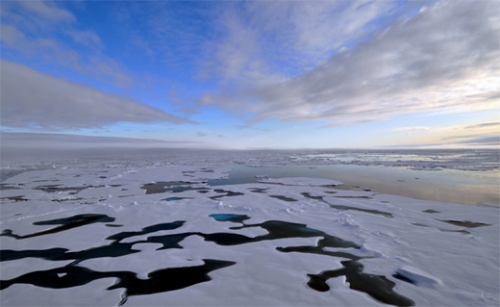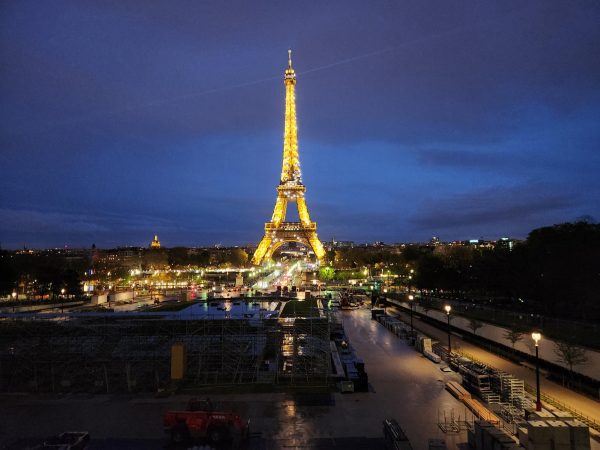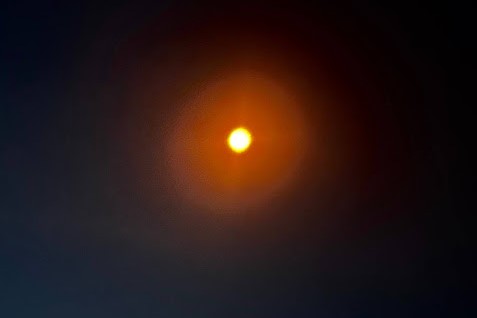Massive Ice Melt in the Arctic

December 22, 2016
The Arctic is melting, and careful observation shows that it’s happening twice as fast as the rest of the planet. The National Oceanic and Atmospheric Administration released its 11th annual Arctic Report Card and the results are not favorable.
The world temperature has increased by 3.5 degrees Fahrenheit between October 2015 and September 2016. This is the largest recorded increase since 1995.
This year the snow was at a record low. The report shows that there have been major declines in sea ice and snow.
“Sea ice has decreasing trends in all months and virtually all regions, the exception being the Bering Sea during winter,” says the report.
The major change in these weather patterns show a clear change in the carbon cycle because of permafrost melting. Permafrost is sediment that has been frozen for a long period of time, when it thaws it releases powerful greenhouse gases. More carbon is kept in the permafrost than the Earth’s atmosphere. This could really make the effects and implications of greenhouse gas a lot worse than they already are. The main greenhouse gases include water vapor, carbon dioxide, methane, nitrous oxide, and ozone. These gases help maintain the Earth’s temperature which helps ensure that the planet isn’t too cold to sustain life. However, human activity starting from the Industrial Revolution have caused the Earth to heat up. Now the emissions are continuing and the impact this could have on many ecosystems and organisms should be feared. And that would result in major shifts in weather patterns. The director of the National Oceanic and Atmospheric Administration, Jeremy Mathis, talks more about what this means.
“Rarely have we seen the Arctic show a clearer, stronger or more pronounced signal of persistent warming and its cascading effects on the environment than this year.”
Beyond global weather, these changes are things that will cause a lot of suffering for the naturally existing tundra wildlife.
Declines in the polar bear population are expected over the next few decades. The International Union for Conservation of Nature (IUCN) lists Polar Bears as a vulnerable species due to the rapid loss of sea ice, the very land that they live on.
The IUCN estimates that there are about 26,000 polar bears in existence right now. This number is expected to reduce by about 8,600 in future years. Researchers like Kristin Laidre, a marine mammal ecologist at the University of Washington’s Polar Science Center, are concerned about the implications that the changes in the arctic will have on these animals.
“There is the potential for a large reduction in the global population of polar bears over the next three generations if the sea ice loss continues at the rate we’ve seen it.”
There is no telling if we can do anything to combat this serious global crisis. Our new President-elect has chosen Attorney General Scott Pruitt to lead the Environmental Protection Agency (EPA) and he happens to be a strong denier of climate change.
Trump has posted on his social media that global warming was made up by the “chInese”. However, he later denied this claim during one of the Presidential debates.
And now during a Fox News interview, Trump’s opinion has changed yet again. He is now stating that nobody knows whether or not climate change is real.














